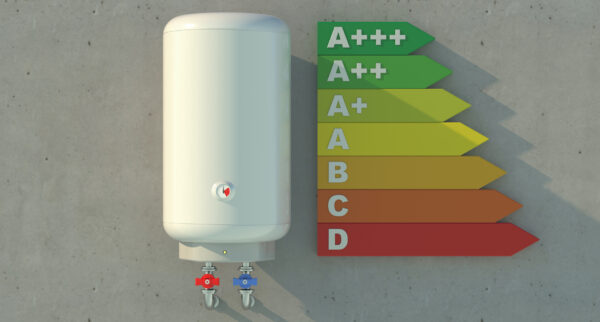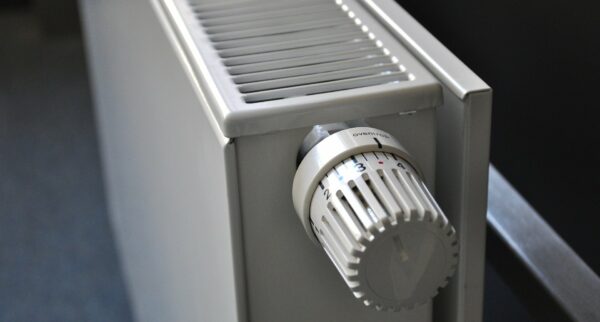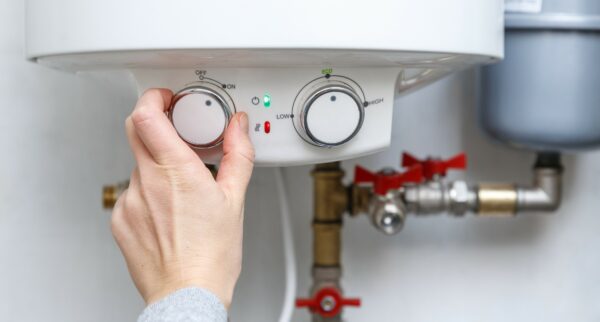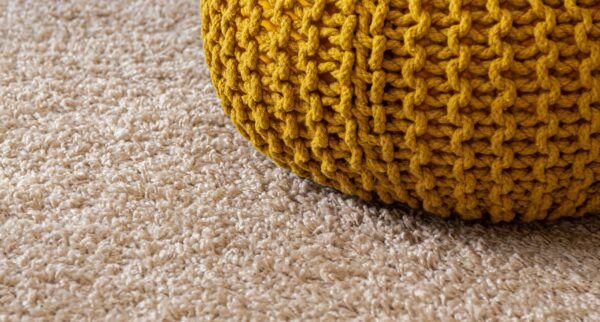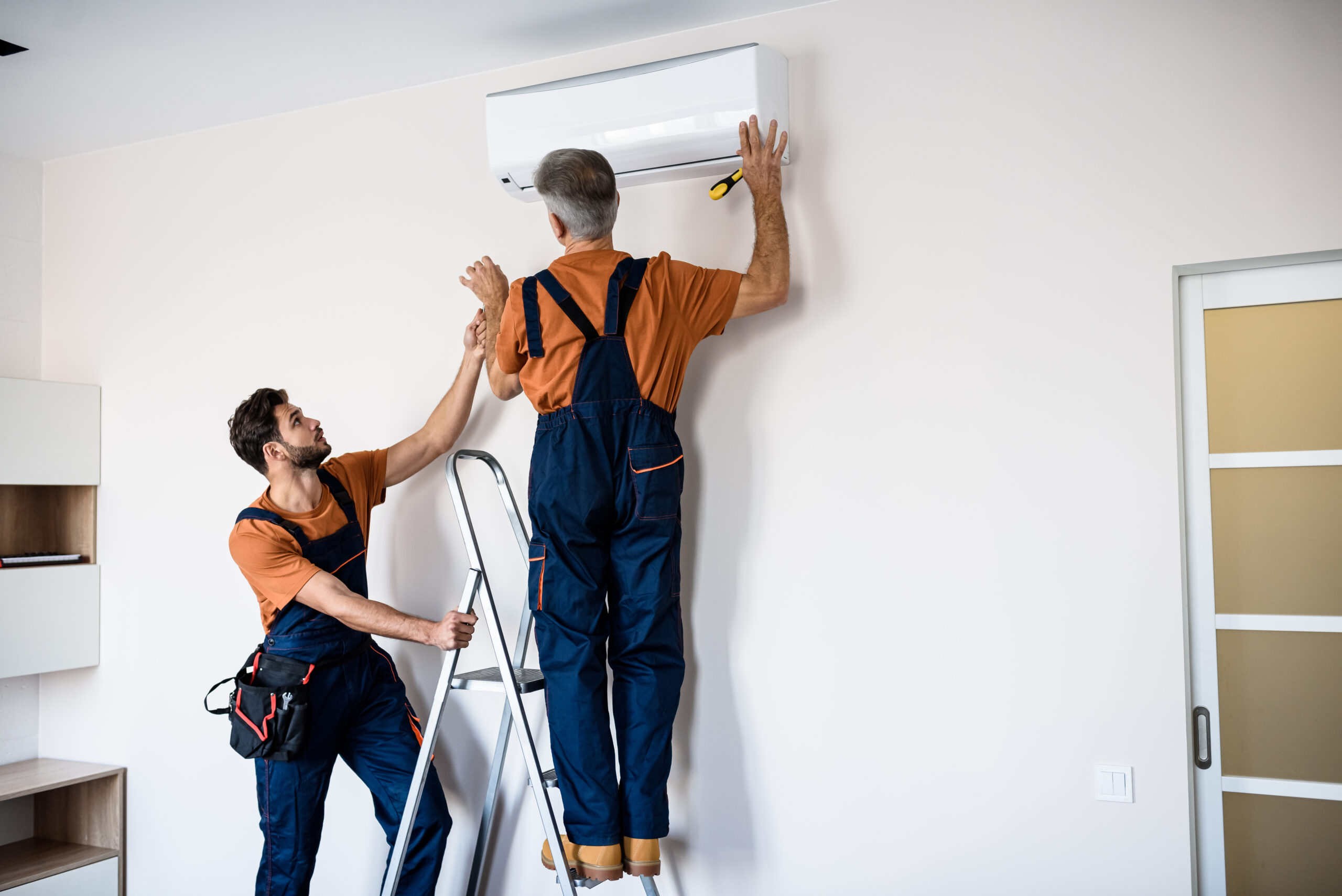
Last year saw the introduction of new legislation designed to encourage homeowners to switch to air conditioning units and heat pumps. Rishi Sunak’s 2022 Spring Statement brought in a 0% VAT rate on air conditioning, effective from 1st April 2022.
Homeowners would previously have had to pay 5% VAT on such purchases, but last year’s rate drop meant a significant reduction in the cost of installing domestic air conditioning units.
VAT was also removed for a range of other energy-saving materials, giving homeowners further incentive to improve the energy efficiency of their properties.
Why is VAT Being Reduced to 0%?
The removal of VAT on air conditioning announced by the government last year is part of a wider plan to improve energy efficiency in the country, and combat climate change.
Air conditioning systems and heat pumps are now brilliantly efficient at both heating and cooling homes. They’re capable of doing so using far less energy than more traditional methods, which means they could hold the key to reducing our carbon emissions.
Reducing or removing VAT enables the government to dramatically reduce the price of goods or services, thereby making it more enticing to people considering a purchase. And that’s exactly what they did with air conditioning and energy saving materials last year. The move incentivises people to invest in something that’s great for their own energy bills, and better for the planet as a whole.
The 0 VAT on air conditioning announcement was paired with other legislation, created to boost the sales of heat pumps and cut carbon emissions further in the process. A grant was also introduced, meaning that eligible homes in England and Wales can apply for £5,000 of government funding, to put towards the cost of air source heat pump installation.
The government grants and VAT reductions are part of a funding package calculated at £3.9bn, which aims to install 90,000 air source heat pumps up and down the UK, as part of the country’s ongoing efforts to reach net zero by 2050.
What are Energy Saving Materials (ESMs)?
The term energy saving materials refers to a group of materials that are considered energy efficient, and therefore helpful in the country’s overall ambition to move towards net zero in the next few decades.
The materials described as energy efficient include things designed to reduce the energy requirements of households, such as insulation for walls, floors, ceilings, roofs, lofts and pipework. Other energy saving materials include products designed to reduce draughts through doors and windows, which are enormously beneficial in reducing a household’s energy usage.
Energy saving materials also cover products designed to generate clean energy, such as solar panels. And of course, low energy heating systems like air source heat pumps are also included in the legislation, making them a much more attractive option for homeowners looking to reduce their energy bills by making the switch to a more eco-friendly option.
The latest government advice on reduced and zero rate VAT lists the energy saving materials that are covered under this scheme. Currently, there is no VAT to pay on the following energy saving materials:
- Controls for central heating and hot water systems
- Draught stripping
- Insulation
- Solar panels
- Ground source heat pumps
- Air source heat pumps
- Micro combined heat and power units
- Wood-fuelled boilers
The energy saving materials listed above cannot be purchased directly by homeowners at the reduced rate. Instead, they must be bought and installed by an accredited supplier.
To find out more about the rules and regulations surrounding zero rated ESMs take a look at the government’s heating equipment notice. If you have any questions or would like further information, don’t hesitate to contact our team.
Changes to Energy Saving Material Rules
The changes to energy saving material rules are now in effect, and have been since April 2022. While the headline reduction in VAT is relatively simple, there are some more complex rules that make far more households eligible for the government’s grants and other incentives.
The 60% threshold rule is important here, as the percentage of the cost of an installation that covers energy saving materials will have quite an effect on the rate of VAT payable. And as we all know, that makes a significant difference to the price of the work, particularly if it’s a large scale job that brings together a number of different trades.
The government requires installers to apply the 60% test in the supply and installation of all energy-saving materials.
First, installers are asked to calculate the price paid for these materials, before calculating that as the percentage of the total value of the job. All materials included in the calculation are required to remain in place at the property in question once the job is complete.
If a business pays less than 40% of the value of the supply for energy saving materials, it can charge the customer the reduced rate of 5% on the total supply. If, on the other hand, the 60% threshold is exceeded, then the business is required to carry out an apportionment. By this we mean that the business must apportion the value of the total supply made to a customer, splitting between materials and labour.
From April 2027, companies will no longer need to worry about the 60% rule, as the reduced rate will apply to the installation of certain specified energy-saving materials in residential accommodation all over the UK. Social policy conditions will no longer affect the rates payable either.
Are Air Conditioning Systems the Same as Heat Pumps?
Air conditioning systems and heat pumps have quite similar capabilities, but they aren’t quite the same thing. While both systems can efficiently cool a property during the summer, heat pumps can also do the opposite, providing warm air when required.
A heat pump can pump air inside or outside, and that’s why it’s capable of pushing warm air into a building as easily as it can remove it. Quite simply, a heat pump works both ways, moving air inside or outside depending on current requirements. An air conditioning system works in the same way, but it only moves heat in one direction.
The issue becomes a little more complicated when we consider the fact that air conditioning systems are often referred to as heat pumps.
Technically, an air conditioning unit does pump heat and so it is a heat pump, but it’s not the type of heat pump we’re talking about when we refer to a HVAC system that has the capability to pump heat in both directions – and therefore provide both warming and cooling actions.
Air conditioning systems, heat pumps and even refrigerators all work in the same way. They remove heat from the air, and push it elsewhere. That’s why having a fridge in a room will cause a very slight increase in temperature, as the heat it’s removed from the air within the fridge is pushed back into the air outside.
Heat pumps are efficient at heating homes even in the depths of winter. It might sound strange to think that these devices can use heat from outside to warm a home even when it’s freezing cold and snowing outdoors, but there’s still heat energy even in very cold environments. No matter how cold it gets outside, you can rely on a heat pump to warm your home to a comfortable temperature, in an incredibly energy efficient way.
Get More Advice on Air Conditioning Installation
Now that there’s no VAT on air conditioning and energy saving materials, we can safely say that there’s never been a better time to invest in the energy efficiency of your home.
The summer months are getting warmer, winters are getting colder and energy bills are higher than ever. But it’s not all bad news, because air conditioning units and heat pumps are now better value than ever before, thanks to the reduction in VAT we’ve seen recently.
Take a look at our guide to air conditioning installation to find out more about the process. If you have any questions, don’t hesitate to get in touch with our team for more information.
We’re here to help you find the best air conditioning for your property – and we’ll get it installed at a competitive price, with the best quality results. Just give us a call to book an appointment with one of our engineers.
